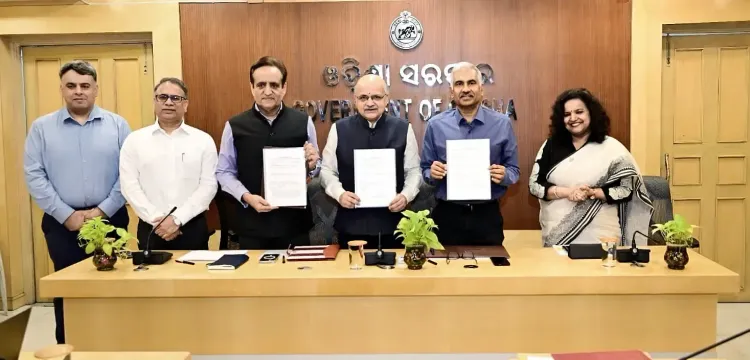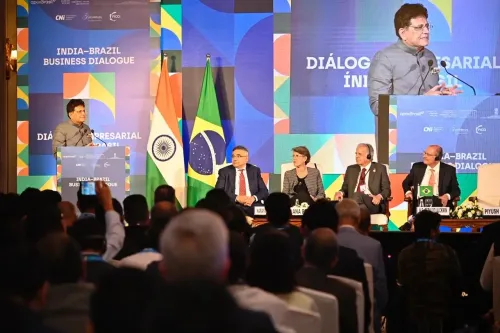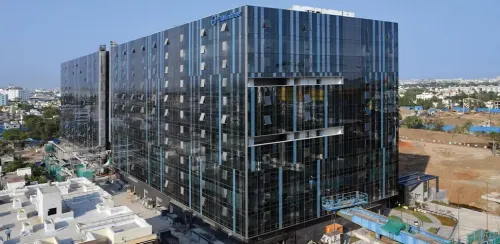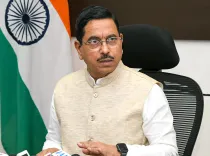What Does the New Tripartite Agreement Mean for Odisha’s Energy Transition?

Synopsis
Key Takeaways
- Strategic partnership between Odisha government, NITI Aayog, and ISEG Foundation.
- Focus on cost-effective energy transition aligned with state goals.
- Integration of advanced technologies for energy management.
- Establishment of an Energy War Room for project execution.
- Commitment to making Odisha's power sector sustainable and accessible.
Bhubaneswar, Oct 16 (NationPress) The Odisha government has officially signed a Statement of Intent (SoI) with NITI Aayog and the Sustainability, Employment and Growth (ISEG) Foundation to collaboratively advance a significant clean energy transition initiative within the state.
According to an official announcement, the tripartite agreement, formalized on Thursday in Bhubaneswar, initiates a strategic partnership focused on crafting and executing a Strategic Roadmap for a cost-efficient Energy Transition Plan and its related projects in Odisha.
Furthermore, this initiative is said to resonate with the state’s aspirations of Viksit Odisha 2036 and 2047, aiming to enhance the power sector's accessibility, sustainability, self-reliance, and environmental stewardship.
The primary goals of the initiative encompass promoting cleaner and more affordable energy production, improving energy access through an advanced, resilient transmission and distribution network, and integrating cutting-edge technologies in energy management, storage, and usage.
The central government’s policy think tank will offer strategic insights, encourage collaboration among stakeholders, and assist in the formulation and assessment of the energy transition framework.
In parallel, the state government is tasked with ensuring the effective execution of the initiative at the operational level, ensuring data accessibility, fostering inter-departmental cooperation, and providing logistical support. The ISEG Foundation, serving as the strategic partner, will contribute its technical knowledge to develop energy demand-supply models, renewable energy strategies, and implementation plans, which include the creation of an “Energy War Room” for project execution.
To guarantee efficient execution, a Central Oversight Committee led by the Chief Executive Officer (CEO) of NITI Aayog, alongside a State Steering Committee headed by the Principal Secretary (Energy) of the Government of Odisha, will be established. These committees will oversee progress and provide strategic guidance.
Additionally, NITI Aayog CEO B.V.R. Subrahmanyam engaged in critical discussions with Chief Secretary Manoj Ahuja and other senior officials regarding Odisha's development during a meeting on Thursday.
During this meeting, Subrahmanyam offered essential insights on data analysis for evidence-based decision-making, which is crucial for effective administration and the development of Odisha.









